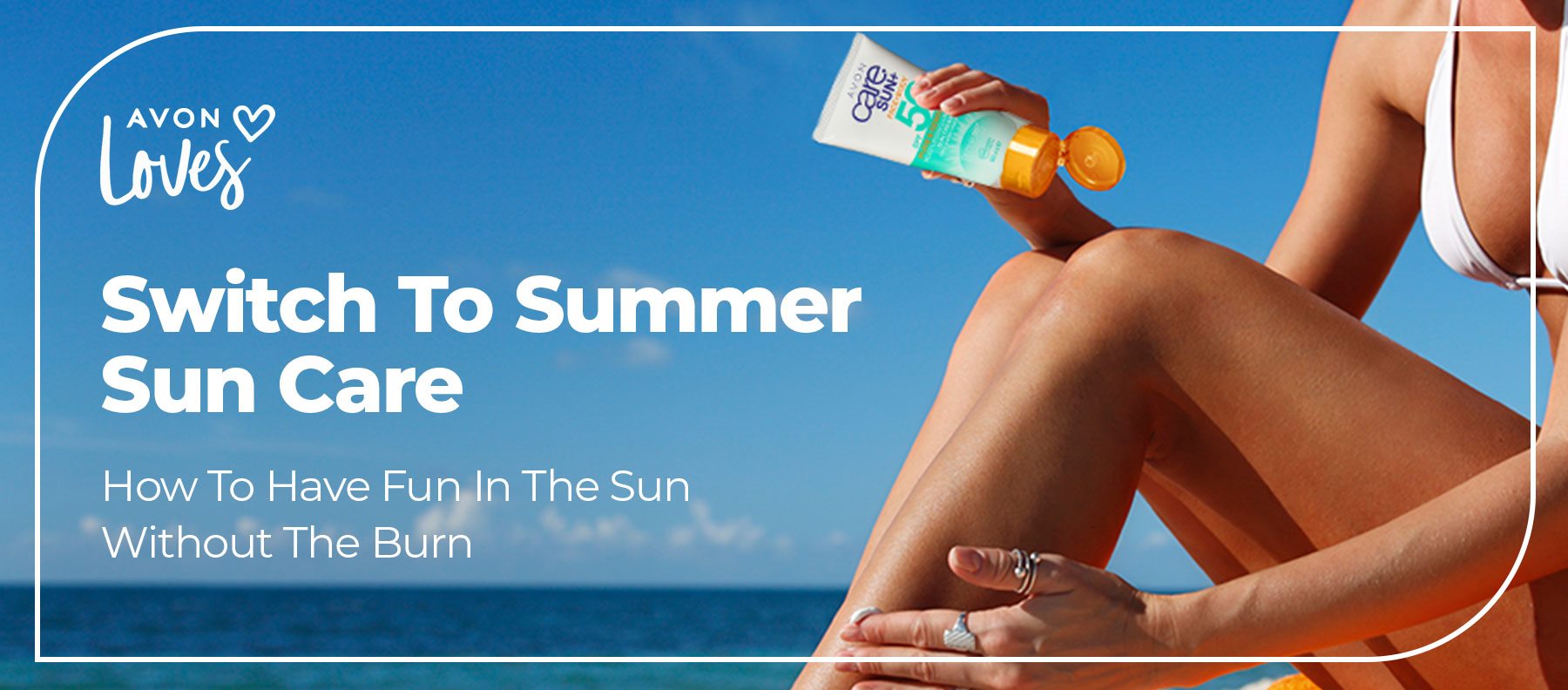Published: 2020/12/08
Switch To Summer Sun Care
From family picnics and poolside fun, to days at the beach and sunshine strolls - summer is the season for having fun. Here’s everything you need to know about sun protection and how it works.

How To Have Fun In The Sun Without The Burn
Being in the sun can lift your mood and give you more energy, however excessive sun exposure can cause sunburn, skin damage, premature ageing and can contribute to skin cancer. While most of us know the importance of wearing sunscreen, some of us still have questions about it. What is the right way to apply sunscreen? How long after applying sunscreen can I go in the sun? How does sunscreen even work?
Here’s everything you need to know about sun protection and how it works.

THE A TO B OF UVA & UVB RAYS
There are many different types of rays in sunlight. The rays that are most damaging to your skin are called ultraviolet (UV) rays. There are two basic types of ultraviolet rays that reach the earth’s surface — UVB and UVA.
UVA rays make up 95% of the ultraviolet radiation on the earth’s surface. They can pass through glass and penetrate the skin more deeply than UVB rays. Unlike UVB, UVA rays are painless (this means that you don’t develop a sunburn), but they can contribute to premature ageing, allergies and skin cancer.
UVB rays make up the rest of the 5% of the ultraviolet radiation, and although responsible for your beautiful tan, UVB affects the superficial layers of your skin, which can cause eye cataracts, immune system damage and skin cancer.

HOW MUCH SPF DO YOU NEED?
SPF stands for Sun Protection Factor and refers to the theoretical amount of time you can stay in the sun without getting sunburnt. A higher SPF blocks out more rays — a product with an SPF of 15 will filter out approximately 93 percent of UVB rays; SPF 30 filters out about 96.7% of UV and SPF 50 will filter out about 98%.
So while the difference between SPF 30 and SPF 50 sounds like a lot – it is a pretty modest (1.3%) difference in protection. Most experts recommend using a water-resistant, SPF 30 or more on your skin when spending time in the sun - and a higher SPF for children.

THE RIGHT WAY TO USE SUN CARE
The best practice is to apply sun protection in the morning at least 15 minutes before going outside to allow it to bind to your skin. Remember that the sun’s UV radiation reaches the earth even when it’s cloudy.
It’s advised to reapply sunscreen every two hours. Another way to look at it is like painting the wall of your house; the first coat gives you reasonable coverage and it will be sufficient. But reapplying after the first coat has “dried” gets you much more reliable coverage. The second coat will also cover the bits you may have missed, or covered too thinly, on first pass.
Re-apply every two hours or more often if you are active (sweating, toweling off or swimming), even if the sunscreen claims to be water resistant. Lastly, it’s always a good idea to check if the lotion hasn’t passed its use-by date.

THE COMPLETE SUN CARE COLLECTION
So, with summer in full swing, there is no better time to slather on the SPF – it will keep your skin smooth, youthful and most importantly - safe! Avon offers a complete range of broad spectrum sun care solutions with additional skincare benefits, including anti-ageing and sun protection for children.